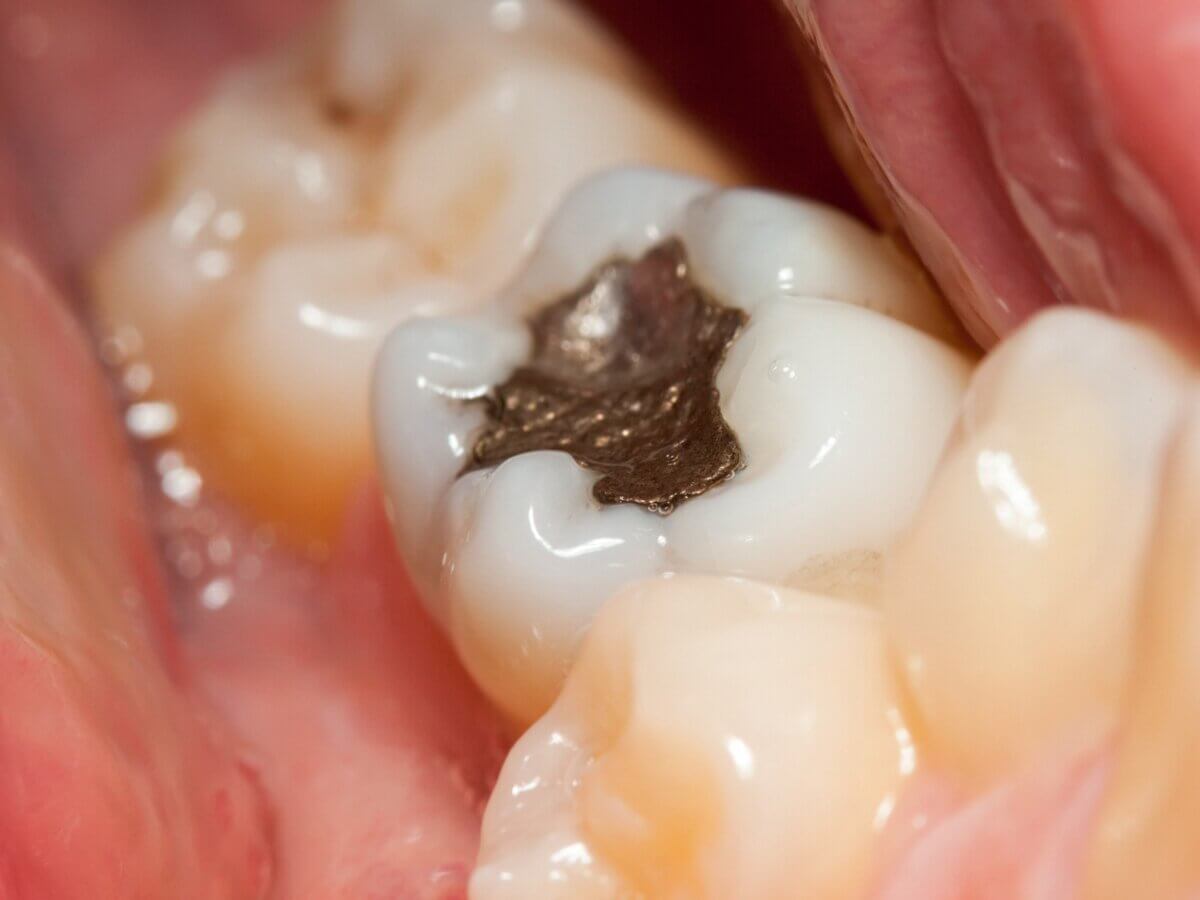Blog
Dental hygiene tips for healthy teeth & gums

Are amalgam (silver) fillings safe?
The liquid mercury and metal alloy mixture used in tooth filling cavities are called dental amalgam. The first recorded use of dental amalgam dates back to the Tang Dynasty of 659 CE. From 1800, amalgam became the dental restorative material of choice owing to its low cost, easy application, strength and durability.
What are silver amalgam fillings?
The first widespread application of dental amalgam began in Europe around 200 years ago. The product has undergone major improvements. It is the most typically used dental filling worldwide, as per World Health Organization. Amalgam fillings are also called silver fillings due to their silver or black colour. Amalgam fillings are alternatively called mercury fillings because there is mercury in amalgam. The presence of mercury has stirred quite the controversy and there is still flakiness regarding the safe use of dental amalgam. Dental amalgam is made by combining elemental liquid mercury with silver, tin and copper in powdered form. The percentage of mercury in amalgam filling is usually around 50 per cent, followed by silver that is about 20 per cent, tin – 16 per cent, copper – 15 per cent and other trace metals. After the mercury is mixed with other metals, a kind of paste is formed that can be pressed into the tooth cavity to fill it. The paste takes around 24 hours to harden.
Is it safe to use amalgam (silver) fillings?
The use of amalgam for dental treatment has been prohibited by the European Union since 2018 for children below 15 years and for pregnant and breastfeeding women.
The major concern regarding amalgam fillings is toxicity. Mercury is toxic to human in sufficient quantities. But, minuscule quantities of the same are naturally present in air, water, soil and even in our own bodies. The greatest risk of exposure to mercury comes during the replacement and removal of the amalgam filling. After the filling procedure is complete, only trace amounts of mercury are released while biting or chewing. People with bruxism may be at a higher risk as continuous gnashing of teeth may wear down the silver filling.
Many reputed dental organizations consider amalgam to be safe. The World Dental Federation that represents 1 million dentists in over 130 countries regards dental amalgam as ‘safe and effective’. This is also in conjunct with World Health Organization.
Apart from toxicity, the metal teeth look and allergic reactions are two other concerns related to amalgam fillings.
Dentists all over the world are shifting away from dental amalgam mainly due to environmental concerns. Many individuals also avoid silver fillings because of the tacky look. Composite fillings are a viable alternative to amalgam fillings but they are not as strong and durable as the former. Composite fillings are also much costlier than amalgam fillings. But, the fact remains that silver fillings are affordable and easy to use, so its use is not going anywhere anytime soon.
In case of discomfort in teeth or gums, please visit your nearest doctor at the earliest.
Book Appointment to find out which treatment might be best for you.


